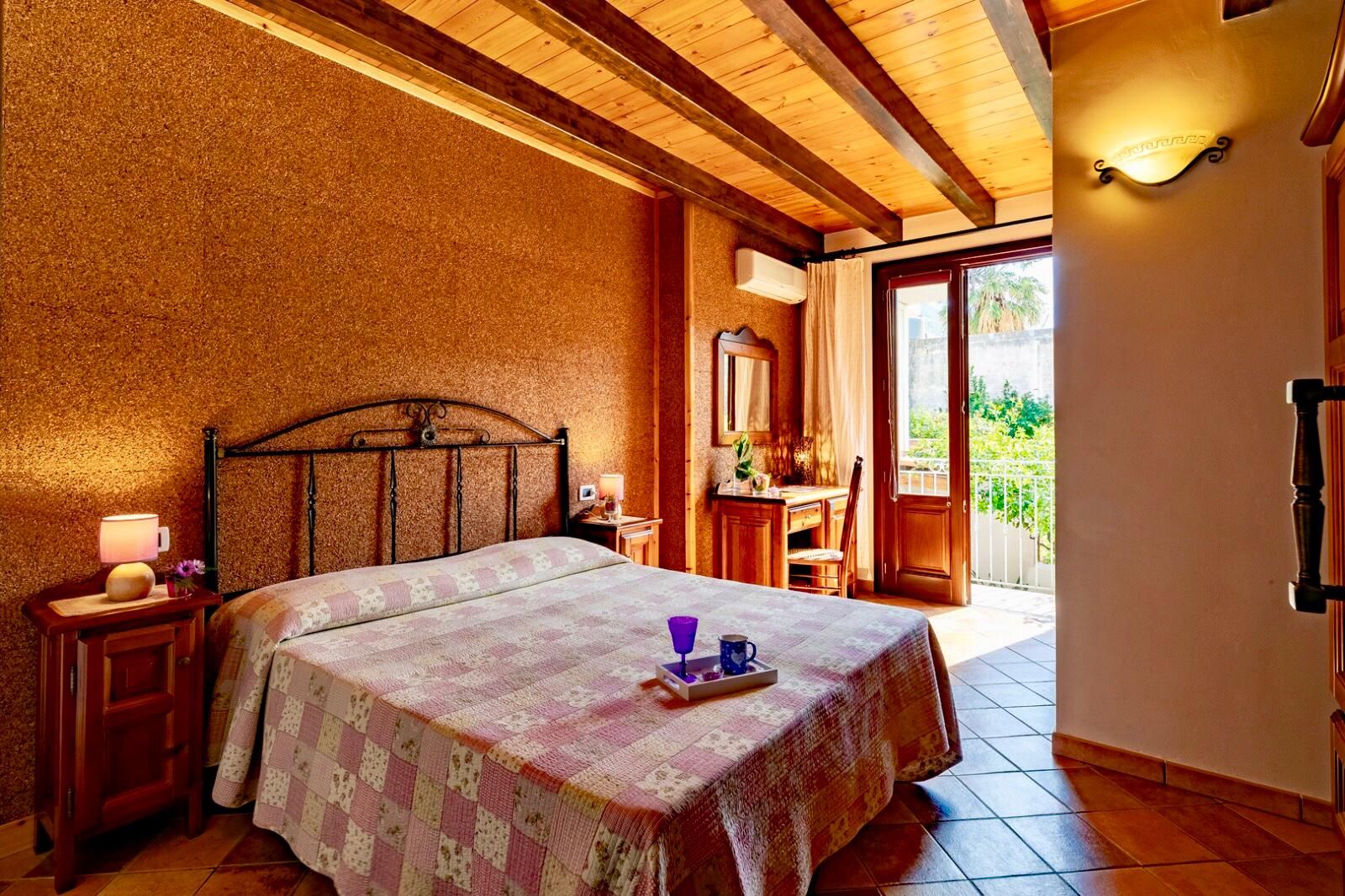The salt pans are managed by the WWF
Infinite spaces, the scent of salt and a dazzling light: immerse yourself in the magical atmosphere of the ancient salt pans of Trapani.
The Trapani and Paceco Saline Nature Reserve, entrusted to WWF Italy in 1996, extends for around a thousand hectares right on the border with the city of the two seas and is one of the most famous protected areas in Europe.
The Salina is a highly evocative place, large pools and long canals change color at every hour of the day, sometimes appearing suspended in thin air. Windmills and white piles of salt are shrouded in silence, interrupted only by the sound of migratory birds that safely stop here. It is the kingdom of pink flamingos, gray herons, black stilts, egrets...
Salt collection
Inside the Saline Reserve of Trapani and Paceco there are several private salt pans, still productive, a Salt Museum, many Dutch and American type windmills and a watchtower

Maria Stella Mill
The Via del Sale begins right from the Maria Stella mill, an itinerary that unites Trapani and Marsala and crosses the largest salt pans in western Sicily.
The Maria Stella mill, nestled among the basins of the salt pan of the same name, seems to welcome visitors. Inside, ancient tools used by salt workers and a series of panels tell the story of the world of the salt pan.

Flamingos in the salt pan
The time for sea salt harvesting is summer. In this period, the salt workers work tirelessly: first they break the thick crust of the salt in the salting tanks and then they begin to create small piles, very white, glistening in the sun. A show that excites and shows us how deep the bonds that man has with nature are.
Museo del Sale
In the center of the Culcasi salt pan there is a beautiful windmill with wooden blades and white canvas covers (Dutch type). It stands out on an ancient building and immediately reveals all its charm.
Inside there are numerous artefacts and tools that tell the story of the world of the salt pan, but also panels that describe its long history. The surrounding landscape is one of the most spectacular in the area.
Don't miss its breathtaking sunsets while walking along the canals that lead to the Nubia tower. Perfect location for those who love photography.
The Salt Museum and the ancient mill from 1400 , is a must-see where you can really get involved in the history of salt, retracing not only the hard work of the salt pan, but above all, the history of the family that has managed it for generations. The Culcasi family.
The museum is a strong testimony to the bond that has always tied salt and sea.
Museo del Sale
Via Chiusa, snc Nubia ( TP )
tel:+39 0923.1987594
How to arrive:

Arriving by bike
One of the ways to enjoy the Riserva delle Saline is to reach it by bike.
The route, 10 kilometers, is quite easy.
There are many agencies that rent bicycles in the center of Trapani
Management body:
WWF ITALY
Trapani and Paceco Salt Pans Oriented Nature Reserve
Via G. Garibaldi n.138, c.da Nubia 91027 Paceco (TP)
How to get there:
Starting from San Vito Lo Capo by car you can reach Trapani in about 45 minutes and taking the provincial road that leads from Trapani to Marsala, called Via del Sale, you can reach the Reserve in 15 minutes.



_8463.jpg)





